These are beautiful pieces of art, but they are situated in the midst of mountains with craggy and dangerous cliffs…
Monasteries are often situated in remote locations, away from the hustle and bustle of daily life to maintain a state of peace and quiet.
To visit and discover their beauty, one must be prepared for the challenges of high altitude, danger, and even the potential risk of losing one’s life, similar to playing a game.
1. Meteora Monastery – Greece
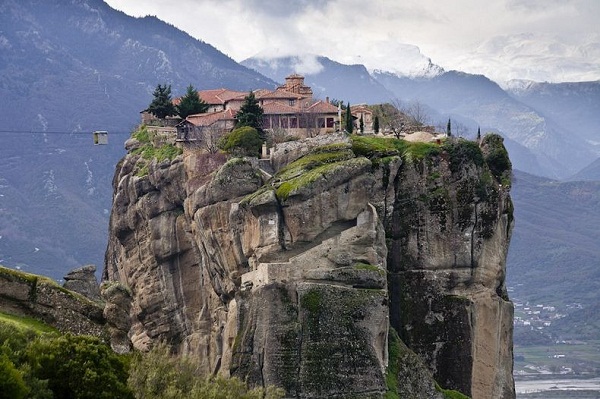
The Monastery of Metéora, which means “floating in the air” or “in the heavens” in Greek, is a collection of six monasteries and the largest and most important complex of Orthodox monasteries. These six monasteries were built on natural sandstone pillars and are considered one of the most impressive examples of architectural design dedicated to seclusion for meditation and prayer.
The monasteries were constructed about 400 meters higher than the Peneas valley, near the town of Kalambaka, around the 14th-15th centuries. Currently, only four small monasteries remain in the complex: Aghios Stephanos, Aghia Trias, Varlaam, and Meteoron.
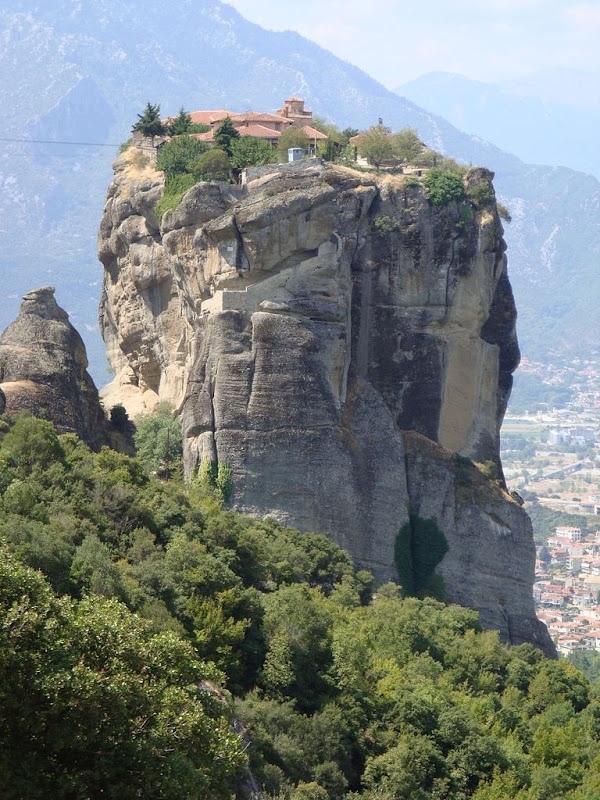
To reach the monastery in the past, visitors had to climb two intertwining rope ladders and a large net, making the journey nearly impossible. Today, however, the addition of steps cut into the cliff has created a path that makes the journey much more accessible.

2. Temple of Taung Kalat, Myanmar
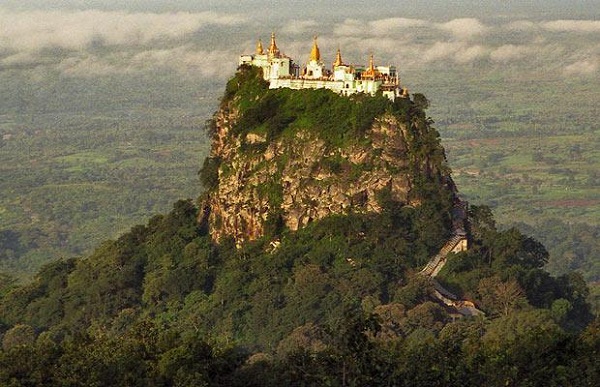
Taung Kalat Temple is located near the dormant volcano Popa, located on the top of a volcano 737m higher than around central Burma (Myanmar), about 50km southeast of Bagan. You will need to climb 777 steps to reach the top and enjoy the majestic view.
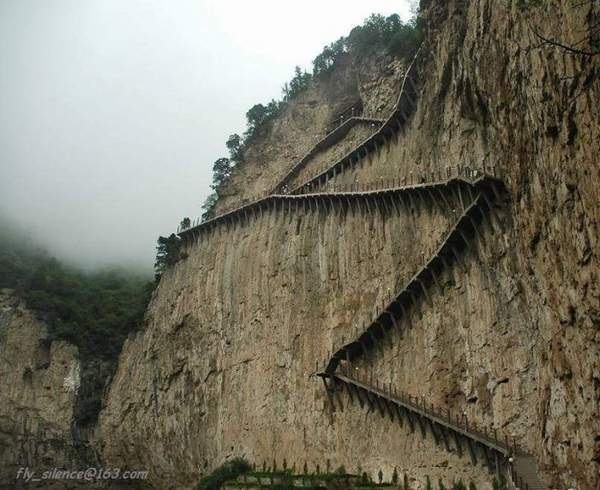
There are also many Macaque monkeys living around and this has become a tourist attraction to Taung Kalat.
3. Taktsang Palphug Monastery, Bhutan

Taktsang Monastery, also known as the “Tiger’s Hideout”, is located on a steep cliff 900m above the Paro valley. The slopes are very steep, almost vertical, and the buildings of the monastery are built against the cliffs.

Although it seems extremely difficult and complicated, you can enter the monastery from many different directions, such as through the forest to the northwest, along the road from the south often used by devotees. walk or follow a trail that leads through a pine forest colorfully decorated with banners.
Most of the time, clouds often cover the monastery and give those who come here an eerie feeling of remoteness.
4. Sumela Monastery
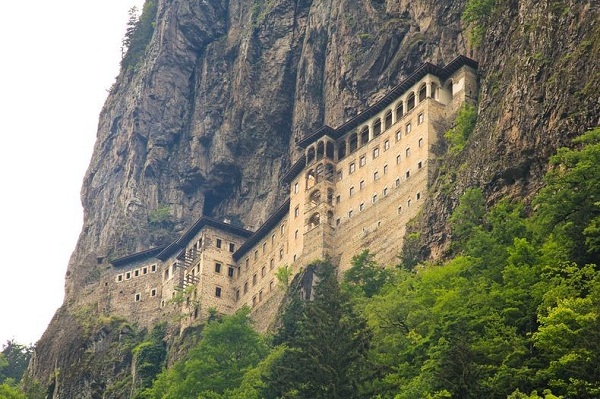
Sumela Monastery was built into the cliffs in the Altmdere valley in Türkiye. At an altitude of about 1,200m, it is a major tourist attraction of Altindere National Park.
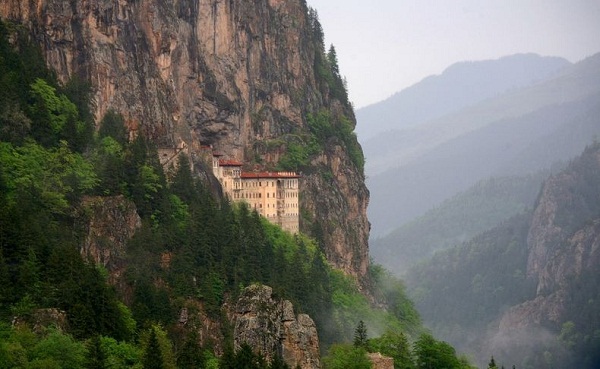
The monastery was founded in 386 during the reign of emperor Theodosius (375 – 395). Legend has it that two priests came up with these creative and daring designs after discovering a miraculous icon of the Virgin Mary in a mountain cave.
During its long history, the monastery has been damaged several times and has been restored by various emperors. It reached its present architecture around the 13th century, when it gained prominence during the reign of Alexios III.
5. Hanging Temple in Heng Mountain, China
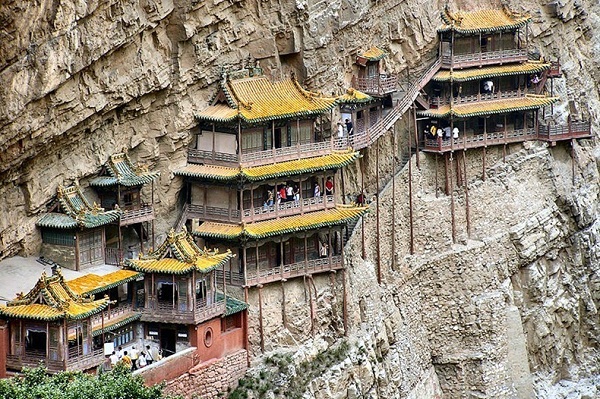
Located in a gorge at the foot of Heng Mountain in Shanxi Province – China, this temple was built on the side of a cliff about 75m above the ground. The temple hanging on Mount Heng was erected close to a corridor of damp stone with wooden beams inserted into the mountain.
Here, more than 40 rooms and halls with an area of 152.5 square meters are connected by corridors, bridges and boardwalks that are evenly distributed and highly balanced.
Inside are more than 80 bronze and iron statues, clay sculptures and stone carvings spread down from different dynasties.
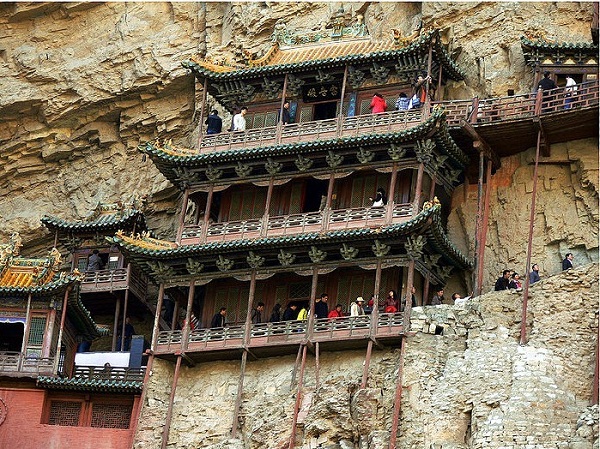
The temple was built in this location to avoid terrible floods, using the mountain as a protection from snow, rain, and sunlight. Today, it is one of the main tourist attractions and historical sites of the Datong area.
Source: oxepu





